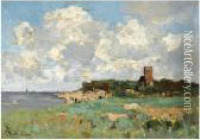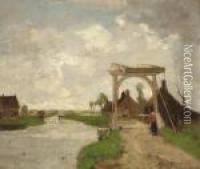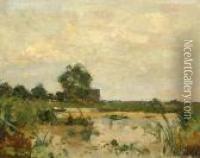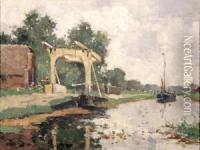Louis, Lodewijk Ph. Stutterheim Paintings
Louis Ph. Lodewijk Stutterheim was a Dutch scholar, not primarily known as an artist but rather as an influential historian and philologist, particularly in the field of Indonesian studies. Born in 1897, Stutterheim's work was not confined to the realm of art history; instead, he made significant contributions to the understanding of Indonesian culture, history, and archaeology.
Stutterheim’s scholarly work often revolved around the study of ancient Indonesian art and architecture, including the famous Borobudur Temple. His expertise in this area stemmed from his broader interest in Southeast Asian culture and his role in the Dutch colonial administration in Indonesia. During his time in the Dutch East Indies, as Indonesia was known during colonial times, Stutterheim applied his academic prowess to the study of Indonesian antiquities, contributing to the field of art history through his archaeological and interpretative work.
After returning to the Netherlands, Stutterheim continued his scholarly pursuits, writing extensively and becoming a respected academic in the field of Indonesian and Southeast Asian studies. His works often included analyses of Indonesian folklore, ethnology, and the interpretation of cultural artifacts. His approach combined a deep understanding of the local traditions with the methodologies of Western scholarship, which allowed him to create a bridge between different academic traditions and cultures.
Despite his focus on academia, his contributions have had a lasting impact on the understanding of Indonesian art and history. His work helped to contextualize Indonesian art within the broader narrative of world art history, providing insights into the unique development of artistic expressions in the region. Stutterheim passed away in 1963, but his legacy lives on through his numerous publications and the continued relevance of his research in the field of Indonesian studies.

















